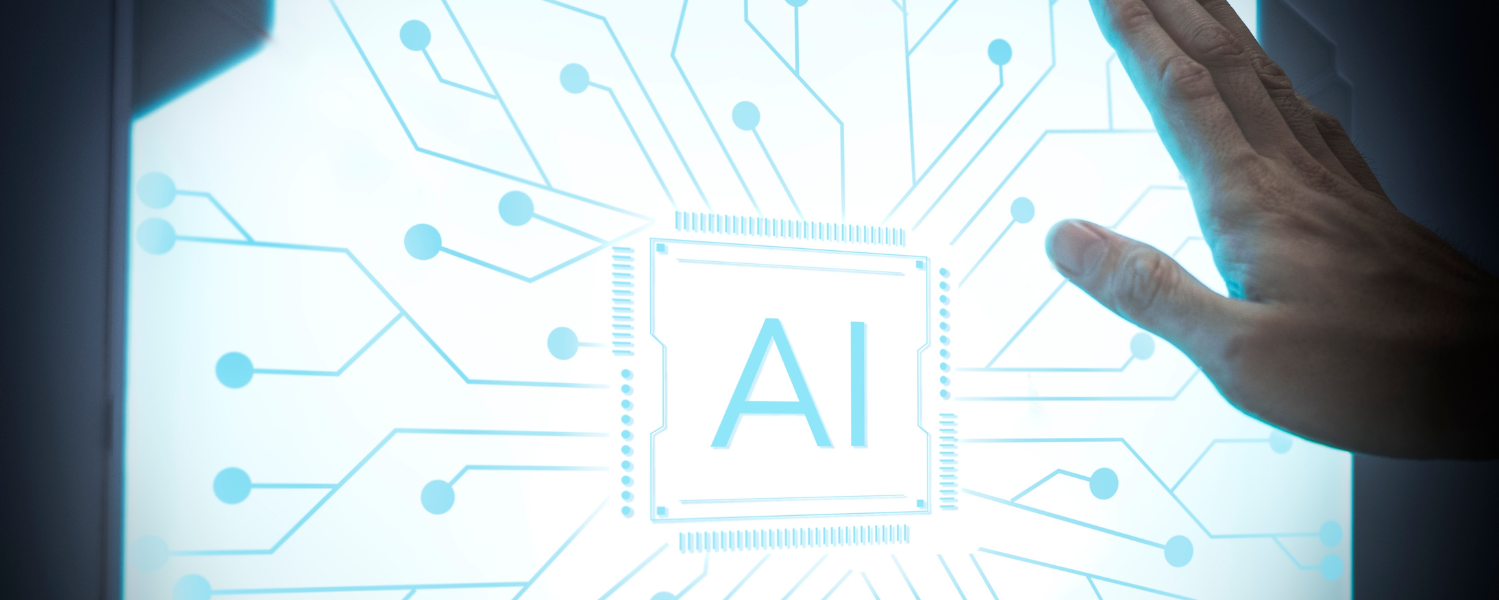
Protection of Works from AI – New Trends in Vietnam in the Digital Age – Part 1: Arisen Issues Between AI and Intellectual Property Law
24 Jun, 2022
Artificial Intelligence (AI) is increasingly driving important developments in technology and business. It is used in a massive number of industries and impacts almost every aspect of creativity. The availability of large amounts of training data and advances in affordable high computing power are driving AI growth. Therefore, AI is considered as a driving force for economic development both on the world and in Vietnam. Besides the benefits, AI also brings some legal and social challenges when most of the current legal principles only revolve around the subject ‘natural person’. Part 1 of this article will focus on analyzing the current issues arising between AI and intellectual property (IP) law based on international experience.

The intersection between AI, copyright protection and industrial property rights
Works created using AI will certainly have a huge impact on Intellectual Property law because IP protection philosophy is to uphold, to recognize creativity and intellectual property of a particular individual. Therefore, at the international level, since 2019, the World Intellectual Property Organization (WIPO) has begun to discuss the effects of AI on the modern intellectual property law system, in which, each member state makes its own strategy suitable for its own practical situation.
Usually, the ownership of works created from computer programs is not controversial because a computer program is understood merely as a tool to assist in the creative process, like pen, paper or drawing tool. Conditions for copyright protection are originality and creativity, with most definitions requiring the author to be a human.
Currently, in the world, many works have been created from AI, with high aesthetic, artistic and commercial value. For example: (i) A 2016 computer generated art work in the Netherlands called “The Next Rembrandt”; (ii) “The AI love song” song was developed by Nguyen Hoang Bao Dai - an IT engineer from Vietnam; this song has AI write the music at the speed of 10 melodies/1 second. These are very clear evidences for the statement that “machines are completely capable of thinking and making decisions on their own”.
Therefore, as the use of AI to create works has become more common, the issue of copyright will be brought up for thorough and widespread consideration and discussion. With a work made by AI, who will be the subject of copyright acknowledgement? The programmer (the person who created the AI), the user of the program (the person who ‘taught’ the AI how to do this), or the AI itself (the subject who directly created the work)?
If the author, for Microsoft Word software, only uses Word as a tool to arrange sentences to compose his work, AI, with the software “AI-composing music”, is completely capable of creating music. With the ability to create works independently, the user’s contribution to the creative process can be as simple as pressing a button for the machine to do. Of course, the user will be responsible for providing the input and filtering and processing the output of the product; nevertheless, the creative part is being largely performed by the AI itself. Similar to “AI composing music”, Recurrent Neural Networks (RNNs – AI programs capable of reading text and composing sentences in the same style) developed by Andrej Karpathy (NCS Stanford University) have made a big surprise. As an artificial intelligence program capable of writing text, it has written a number of Wikipedia articles with the voice of the great Poet Shakespeare. Consequently, with artists and creators using AI becoming more and more popular, the distinction between biological and computer-generated works is generally blurred. This poses a challenge to the basic principles of traditional copyright, which often only protects works created by people themselves.
Moreover, the way AI works is machine learning from other human knowledge; as a result, the story of copyright infringement is completely possible. Although programmers have programmed a random algorithm in AI to allow the creation of different products (AI controls the copyright), the role of the law is to anticipate possible scenarios in the future, or with the programmer’s intentional misuse of AI. This has created a challenge for law enforcement agencies in controlling and handling violations. How to determine the level of violation? What sanctions might apply to these “authors”? Is it possible to deal with the current IP system based on the current IP system, or are there separate regulations for this group of subjects?
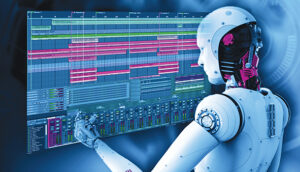
Works created using AI will certainly have a huge impact on Intellectual Property (IP) law. Source: Photo collections
Besides copyright, AI also causes a number of controversies regarding other subjects of Industrial Property Rights, especially Patents. At the end of 2019, the European Patent Office (EPO) received a patent application (number EP3564144) for a food container created by an AI entity named DABUS. The patent applicant is Dr. Stephen Thaler – the creator of DABUS. Although this technical solution meets all patent protection conditions (novelty, inventiveness, industrial applicability), the European Patent Office, based on Article 58 of the European Patent Convention, Inventors must be human, refused to protect this patent.
Similar to the copyright issue, the issue of AI that may infringe industrial property rights is also recommended by WIPO as a legal issue to be resolved. The laws of most countries assign legal responsibility for AI-induced infringements to identified individuals and organizations. European law stipulates that “the act of using the product is responsible for the damage that occurs”, so the subject using AI will be responsible for the infringements caused by AI. This can lead to high risks for AI users, especially in the case of AI problems. In fact, in recent times, when there are infringements of IP rights related to AI, plaintiffs often sue the software development company, not the user. However, with self-operated AIs (self-driving cars, Sofia, …), the developers themselves are also unpredictable so the responsibility for them is rather vague. Therefore, the application of traditional legal principles to address patent infringement is a real challenge for legislators.
International experience concerning the protection of works created from AI
AI is the development trend of the future; consequently, the legal issues surrounding AI are always new and controversial topics, especially copyright stories. Currently, the world has not yet agreed on the common views regarding the protection of products from AI. In general, 2 ways for the modern intellectual property legal system to participate in handling are as follows: (i) No acknowledge the AI’s copyright (ownership) when creating these works; (ii) Acknowledgment that copyright (ownership) belongs to the person who created the AI (computer program).
With the viewpoint that copyright law is to be used for the purpose of protecting the fruits of human intellectual labor as well as the creative values created by people, the US Copyright Office has stated that “they will only allow copyright registration for works that are the result of human activity”. The United States Copyright Office rejects all copyright/ownership applications when they are determined that the works are not man-made. By taking this approach, any work created from AI will not be recognized by the US law on international law, which means that the works will be used in a ‘public’ way. Similarly, in Australia, there have been at least three cases where the Federal Court has held the position that works created from computer programs are not considered eligible for copyright protection. In Europe, the Court of Justice of the European Union (CJEU) has also stated that “copyright applies only to original and creative work, which must reflect the author’s own intellectual creativity”.
Meanwhile, in some countries listed as India, Hong Kong, UK, New Zealand or Ireland, the IP system grants copyright to programmers. In the UK, the concept of AI-generated works was mentioned very early, this was recognized in the Copyright, Design and Patent Act 1988 (CDPA). Specifically, Article 9 (3) of the CDPA 1988 states: “In the case of a literary, dramatic, musical or artistic work that is computer generated, the author shall be the arranger necessary for the creation of the work-made products”, this approach is geared towards attributing copyright to the people who made these computer programs (namely programmers).
In addition, a computer-generated work is defined as “a work created by a computer in the absence of a human author” (Article 178 of the CDPA 1988). The clarification of the above concept creates a premise for the settlement of copyright protection claims for works created by AI. It can be seen that this approach to copyright of the United Kingdom is a rather broad one, having made an exception to recognize copyright for works created by a type of ‘author’ other than the human beings. However, the very recognition of copyright for these works has also caused experts in the field to raise many skeptical questions. With the view that the World Trade Organization is a tool to protect the creative value of people, whether the creative value of human intellectual labor is the recognition of the World Trade Organization for the products created by this machine is fair to other authors or not while they are using their own minds to create real works.
Please refer to the full research Protection of Works from AI – New Trends in Vietnam in the Digital Age here. Author: Nguyễn Thùy Dung – Faculty of Law, UEH College of Economics, Law and Government.
This writing is in series of spreading knowledge and applied knowledge from UEH with message “Research Contribution For All – Nghiên Cứu Vì Cộng Đồng”, UEH would like to invite all dear readers to look forward to Newsletter ECONOMY NUMBER #46 “Protection of Works from AI – New Trends in Vietnam in the Digital Age – Part 2: Legal challenges and protection method of works from IA in Viet Nam”.
News, photos: Author group, UEH Department of Marketing – Communication

![[Contribution Research] How Ho Chi Minh City students’ green product consumption is affected by application iCTs innovation nowadays: A case for business to enhance green product consumption by understanding the role of environmental concerns, green consumption value and perceived effectiveness](/images/upload/thumbnail/ueh-thumbnail-639044087939815424.png)

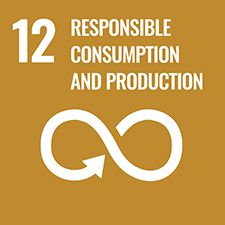
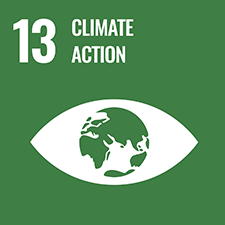
![[Research Contribution] Determinants impacting young consumers purchasing behavioral intention on sustainable fashion: exploration in Ho Chi Minh City](/images/upload/thumbnail/ueh-thumbnail-639035712273480983.png)
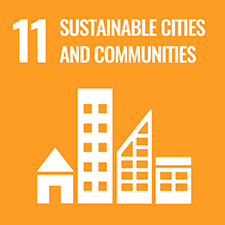
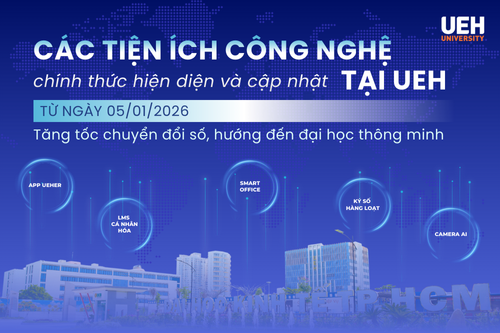


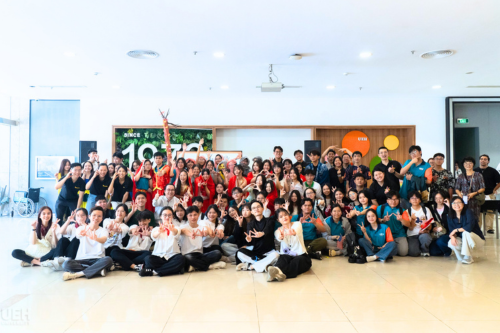

![[Research Contribution] What influences UEH students’ attitudes toward the “UEH Zero Waste Campus” project](/images/upload/thumbnail/ueh-thumbnail-639033816949877456.png)